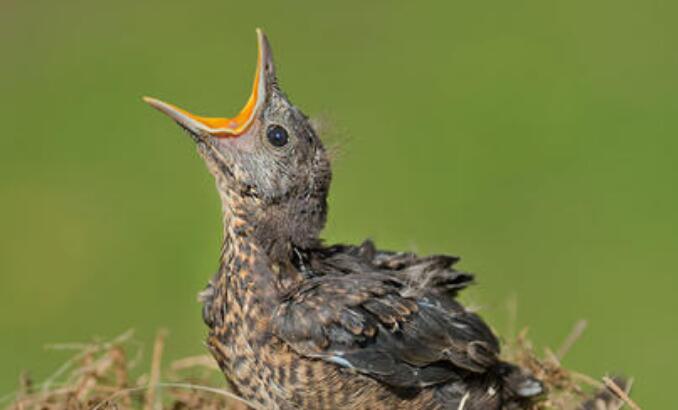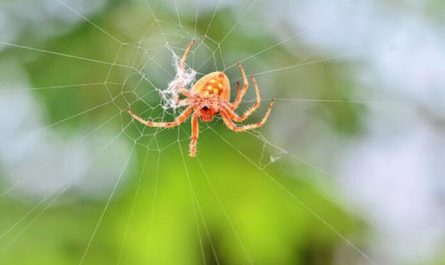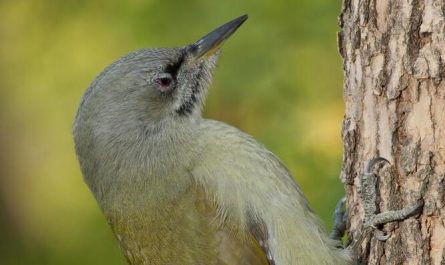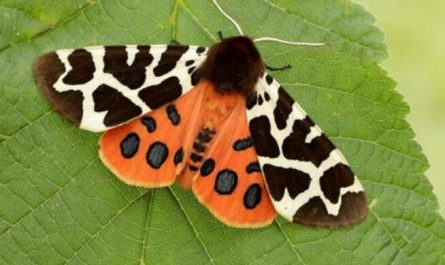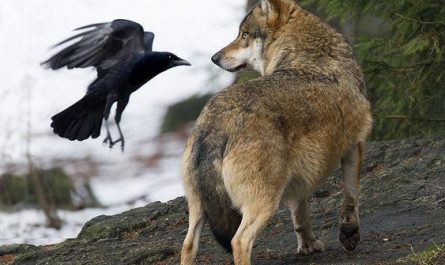What is the reason why young birds always call
The size of the chick’s call is like a human child’s laughter and cry loudly. It is sending a signal to its parents so that its parents can take proper care of it. This is the nature of most species. .
Nestling: Refers to young birds that cannot live independently. According to the development of chicks, birds can be divided into two types: early chicks (leaving chicks) and late chicks (left chicks). When the early chicks hatch, their eyes have been opened, ears can hear, legs and feet are strong, and the whole body is covered with dense down feathers. When the moisture on the body is dry, they can immediately peck with their parents. Most chickens and ducks belong to this category. When the late adult chicks hatch, their eyes cannot be opened, the whole body is naked, there is no or only a few down feathers, and they have to stay in the nest for a long time (ranging from 15 days to several months), and they must be taught by their parents after they fly. Food method.
Belonging to this category are songbirds, doves, woodpeckers, birds of prey, pelicans and so on. Some birds (such as gulls) are early in morphology, but late in habit, and are of intermediate type. Generally, the nests built by early birds are very simple, and the nests of late birds have to stay in the nest for a period of time.
The characteristics of chicks
The chicks that have just hatched are divided into early and late adults. The chicks that have opened their eyes and are covered with dense down feathers and have strong legs when the down feathers are dry, and can immediately follow their parents to forage for food, are called early birds. The familiar young birds of chickens, ducks, geese, and geese are all early adults.
When the chicks come out of the egg shell, they are not fully developed, their eyes are not opened, they have very few down feathers, they are even bare, their legs and feet are weak, and they have no ability to live independently. They need to stay in the nest by their parents. Come to feed, such nestlings are called late adults.
The young birds of domestic pigeons, swallows, woodpeckers, sparrows, etc. are all late adults. Late adult birds generally build concealed and safe nests, and most of their relatives are ferocious enough to protect their young, so the survival rate of chicks is significantly higher than that of early adults. Because of this, the number of eggs laid per nest of late adults is significantly higher than that of early adults.
Chicks feeding
1. Insectivores, also called soft-eating birds, generally have a sharp and long beak, such as white-eye chicks.
At the beginning of feeding the chicks, the first few times are the Guan Jian where the bird changes its food. In order to make the bird easy to absorb and adapt, the feed should be dilute as much as possible, whichever can be picked up with bamboo sticks. After feeding several times, you can see that the feces of the birds begin to become thinner and the water content is also reduced. At this time, adjust the feed to a humidity that can be easily picked and feed it normally. Insist on feeding once every hour! Pat the bird’s nest with your hands and open your mouth to beg for food. Feed the bird until the mouth is not open every time.
Feed ratio: 1 taels of cooked soybean powder\1 cooked egg yolk\1 eggshell powder can be fed after being moistened, and proper amount of sunshine every day will help enhance feather growth and quality. In the continuous rainy weather, add 1 tael of cooked crucian carp meat to the raw materials to improve the nutrition of the feed and put the birds in a dry place to prevent cold and wet injuries. If possible, you can also feed small fresh worms such as bread worms.
2. Seed-eating birds are hard-eating birds with short and wide beaks that are almost triangular when viewed from the side, just like striped birds and white-rumped Munia. It is easier to raise this kind of bird, as long as you are diligent, it is easy to survive. In the early days, I used half-cooked rice to pick and feed it with a toothpick. When I grew up, I changed the rice to soaked in water and fed it until it could eat on its own. Then I changed to feed the rice directly. Some friends use steamed rice. Millet-broken vegetables-egg yolk puree, the egg yolk plus glucose is good for nutrition.
3. It’s an omnivorous bird. Vegetables, fruits, insects and seeds eat everything, such as pasqueflower. This kind of bird is also very simple. Buy some chicken feed with egg yolk, or cornmeal as egg yolk with a few cut-off breadworms. The method of artificial feeding is to pick up the paste feed with a small bamboo stick and send it into the mouth of the chicks until they are full.
The chicks do not open their mouths when they are feeding. For the younger birds, you only need to tap the nest or cage with your hands, or make a deliberate sound, and they will automatically open their mouths when they are hungry. At this time, use the bamboo skewer for feeding to take a small amount of feed, and quickly feed the skewer into the bird’s beak. The feeding action should be fast and steady, and the beak will close when it is slower. Feeding should be fed one by one without missing. The feeding amount is to the degree that the bird’s right neck is clearly protruding and the bird no longer opens its mouth. Generally, it is enough to feed every 1.5 hours or so. It depends on the chick’s appetite, digestion, mental status, fecal condition, etc…. You can also give it a nice name, and call it every time you feed. Conditioned reflex.
